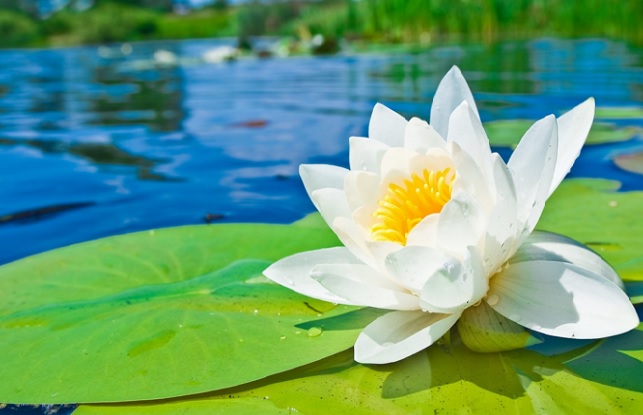The teratai888, also known as the lotus flower, is a captivating aquatic plant that has long been celebrated for its exquisite beauty and profound symbolism. This aquatic wonder graces the serene waters of ponds and lakes across various regions, drawing admiration for its pristine petals and remarkable adaptability.
Aesthetic Marvel:
The Teratai’s stunning appearance has earned it a place of honor in art, literature, and cultural traditions. Its delicate, radiant petals emerge from the murky depths, creating a striking contrast that symbolizes purity, resilience, and transcendence. The graceful elegance of the Teratai has inspired countless artists, poets, and photographers, who seek to capture its ethereal beauty.
Symbolism and Cultural Significance:
Throughout history, the Teratai has held deep symbolic meaning in numerous cultures. In Hinduism and Buddhism, it is considered sacred and represents purity, enlightenment, and rebirth. The flower’s ability to emerge from muddy waters and blossom above the surface is seen as a metaphor for rising above life’s challenges to achieve spiritual enlightenment.
Adaptability and Resilience:
One of the most remarkable traits of the Teratai is its ability to thrive in adverse conditions. Its roots are firmly anchored in the mud at the bottom of ponds, but its leaves and flowers float gracefully on the water’s surface. This adaptability mirrors the human spirit’s resilience and ability to flourish even in the face of adversity.
Medicinal and Culinary Uses:
Beyond its symbolism and aesthetic appeal, the Teratai also boasts practical applications. In traditional medicine, various parts of the lotus plant, including its seeds, leaves, and roots, are used to treat a range of ailments. Additionally, the seeds of the Teratai are a popular ingredient in many Asian cuisines, valued for their nutritional benefits and unique flavor.
